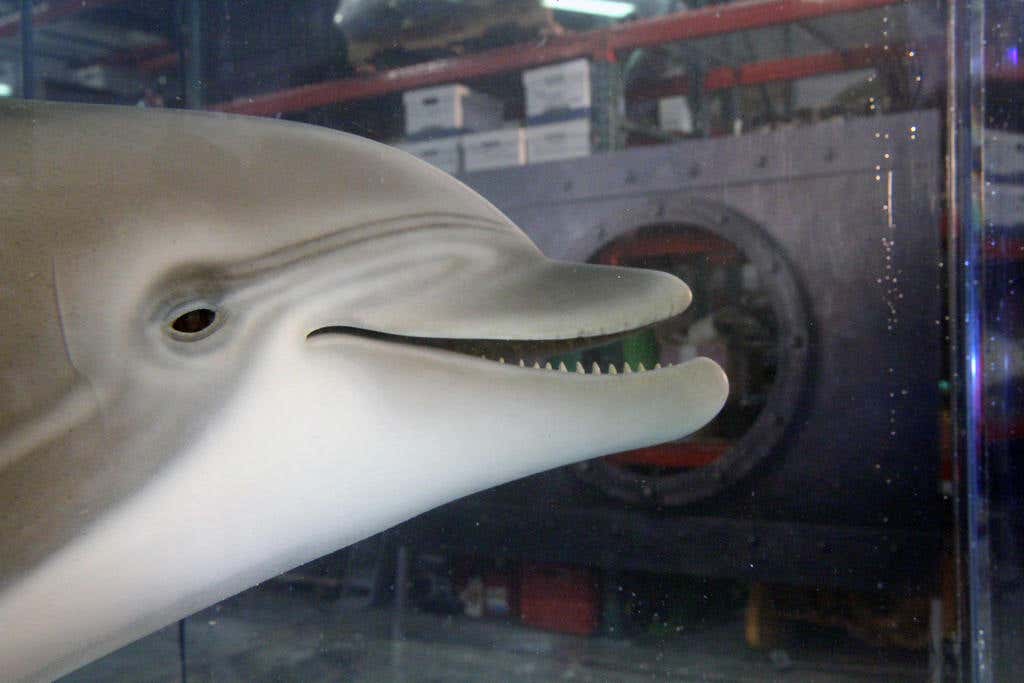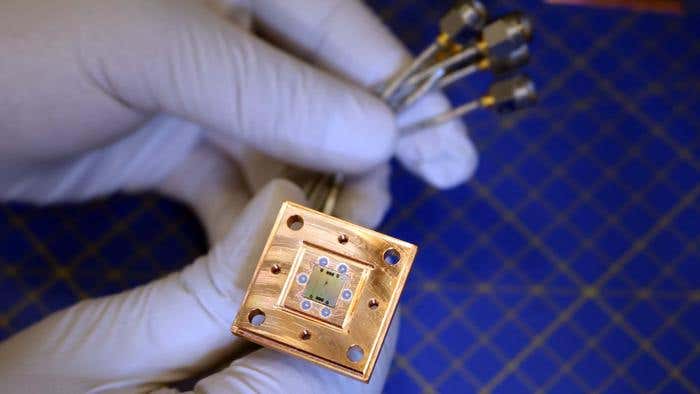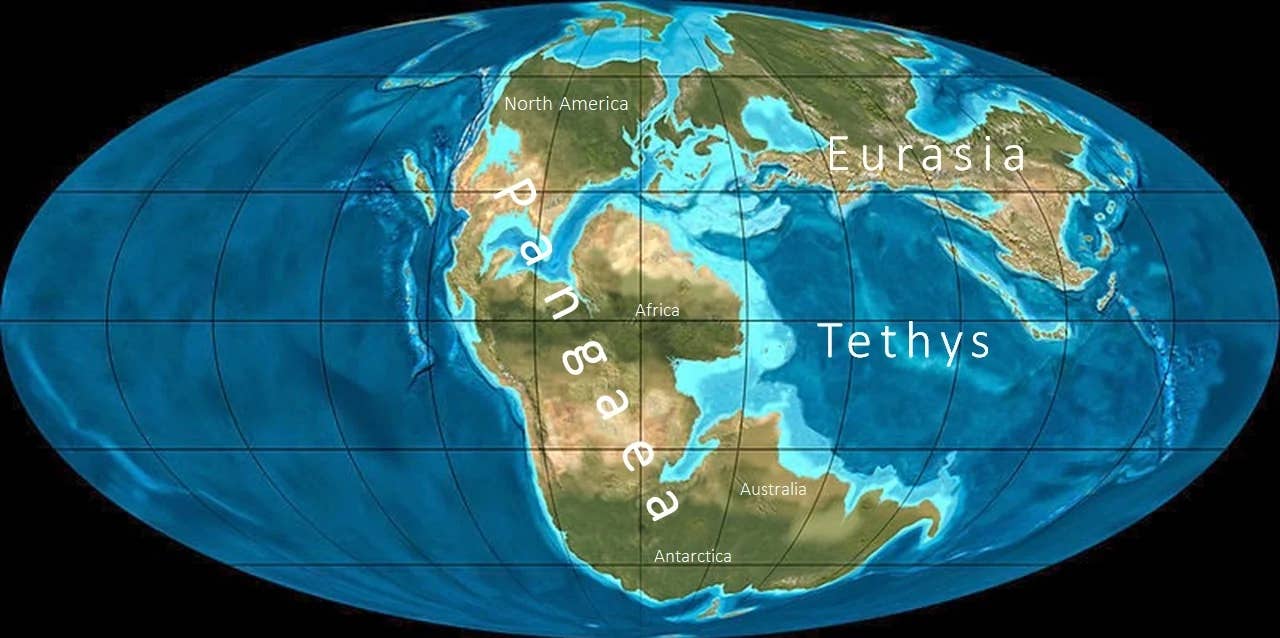The robot dolphin that could replace captive animals at theme parks one day
Darting around the pool as a group of swimmers stands in the shallow end, the dolphin looks much like those that jump through hoops

[Oct. 15, 2020: Nathan Frandino]
Darting around the pool as a group of swimmers stands in the shallow end, the dolphin looks much like those that jump through hoops and perform acrobatics at theme parks.
But this marine creature is a robot.
“When I first saw the dolphin, I thought it could be real,” said a woman who swam with the remote-controlled creature.
Edge Innovations, a U.S. engineering company with an animatronic and special effects division in California, designed the dolphin, which starts at $3 million to $5 million.
It hopes that life-like animatronics used in Hollywood movies could one day entertain crowds at theme parks, instead of wild animals held in captivity. Swimmers could dive with robotic great white sharks or even reptiles that filled Jurassic-era seas millions of years ago.
“There are like 3,000 dolphins currently in captivity being used to generate several billions of dollars just for dolphin experiences. And so there’s obviously an appetite to love and learn about dolphins,” said Edge Innovations founder and CEO Walt Conti.
“And so we want to use that appetite and offer kind of different ways to fall in love with the dolphin.”
Animatronics may bring back audiences turned off by parks using live animals, said Conti.
Some 20 European countries have already banned or limited the presence of wild animals in circuses.
At Edge’s Hayward, California headquarters, its 550-pound (250-kg), 8-and-a-half-foot (2.5-meter) animatronic dolphin with skin made from medical-grade silicone headlined a program for schools in partnership with TeachKind, part of People for the Ethical Treatment of Animals (PETA).
Like these kind of stories? Get The Brighter Side of News' newsletter.
Edge also made the aquatic creatures used in Hollywood blockbusters “Free Willy,” “Deep Blue Sea” and “Anaconda.”
“The idea of this pilot is really to create a kind of “Sesame Street” under water,” said Roger Holzberg, creative director for Edge’s animatronic program.
“Those characters taught a generation how to feel about different kinds of aspects of humankind in ways that had never been imagined before. And that’s what we dream of with this project.”
This Brighter Side of News post courtesy of Reuters.
Joseph Shavit
Head Science News Writer | Communicating Innovation & Discovery
Based in Los Angeles, Joseph Shavit is an accomplished science journalist, head science news writer and co-founder at The Brighter Side of News, where he translates cutting-edge discoveries into compelling stories for a broad audience. With a strong background spanning science, business, product management, media leadership, and entrepreneurship, Joseph brings a unique perspective to science communication. His expertise allows him to uncover the intersection of technological advancements and market potential, shedding light on how groundbreaking research evolves into transformative products and industries.



